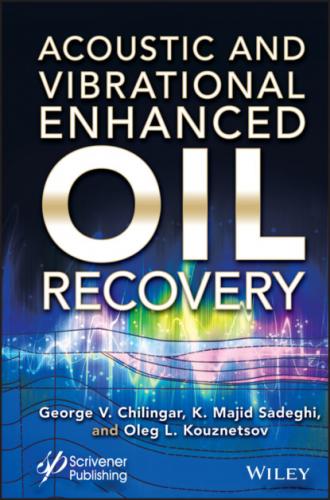Figure 2.1 Relative intensity of vibration fields E/E0 vs. reservoir thickness H, distance from vibration source R and frequency: (a) 12-Hz frequency and (b) 120-Hz frequency.
Figure 2.2 is relative change in the intensity of elastic vibrations vs. the distance to the vibration source for various frequencies. The curves are derived by averaging of field massifs over the reservoir thickness. At frequency over 1 kHz, monotonous and substantial decline in vibration intensity with an increase in distance to the source is observed. At frequency over 10 kHz, the influence of boundaries on the field in the reservoir is negligible (curve 5). At low frequency, there are certain frequencies at which a sharp energy decline starting at some distance from the source is replaced by a smooth alternation of maxima and minima.
This phenomenon indicates that at those frequencies in the reservoir vibrational mode are generated expanding without a noticeable energy radiation from the reservoir into enclosing nonproductive rocks. In these rocks, the vibration intensity decline with distance is caused only by cylindrical divergence and spatial absorption, which is not too great at low frequency. The most clearly expressed normal mode for a 20-m-thick reservoir is recorded near the frequency of 120 Hz. An increase in energy flow density in the reservoir at substantial distance from the vibration source in this frequency area in comparison with the field intensity even for very low frequencies is perhaps indicating a possibility of existence in the oil reservoirs of the resonance activation regimes; these are characterized by a substantial decline in the energy fraction dispersed in the nonproductive rocks enclosing the reservoir and an increase of the energy fraction penetrating within the reservoir.
Figure 2.2 Distribution of relative vibration intensity
Phenomena similar to the described ones are also observed at different reservoir thickness values. For example, in a 5-m-thick reservoir a “strong” normal vibration mode near the frequency of 480 Hz is present. The derived vibration intensity fields for assigned frequencies enable computation of the fields of vibrational displacements and vibrational accelerations.
2.3 Wave Spreading From the Vibrating Surface of the Reservoir Matrix Into the Saturated Medium
Currently, the problem of wave propagation from the vibrating surface of the reservoir matrix into the various media has not yet been satisfactorily solved.
The motion of a viscous incompressible liquid filling half-space over the flat surface performing extension vibrations has been the earliest considered by Stokes.
A corresponding solution of the linear problem is easily generalized for a case of periodic vibrations [11].
We will review first a case of a horizontal fracture in the reservoir when it is performing straight-linear incremental harmonic vibrations in the same plane:
(2.21)
where η is the vibration velocity of the horizontal surface, V0 is its amplitude, and ω is the vibration frequency.
For the velocity of uncompressible liquid over a vibrating surface V = V(x, t) from the Navier-Stokes equation:
where v is kinematic viscosity factor. Equation (2.22) is similar to the diffusion and heat-conductivity equations. Boundary conditions of the problem are
where h is the facture width.
The first equality is the condition of a liquid sticking to the surface. The stationary solution of Equation (2.22) satisfactory to the conditions Equation (2.23) is [2, 3]:
where
(2.25)
Stokes solved this problem for a case of h → ∞:
It follows from Equation (2.26) that the facture’s surface involves the liquid in a vibratory motion with the same frequency ω and with the amplitude rapidly (exponentially) declining with distancing from the surface. The thickness δ of the liquid’s layer involved in vibration by the fracture surface due to liquid’s viscosity may be described by a distance at which the velocity amplitude is equal to 5% of its value on the fracture’s surface. This s a value determined, according to Equation (2.26), as
Here, the value
At viscosity factor v = (1.007–1.519)·10−2 cm2/s (which corresponds to water temperature change from 20° to 50°) and the vibrations frequency 2.5 to 5 Hz, the penetration depth is about 1 mm, which, is quite commensurate with the fracture width.
Figure 2.3 includes distribution diagrams of nondimensional vibratory velocity amplitudes of liquid
